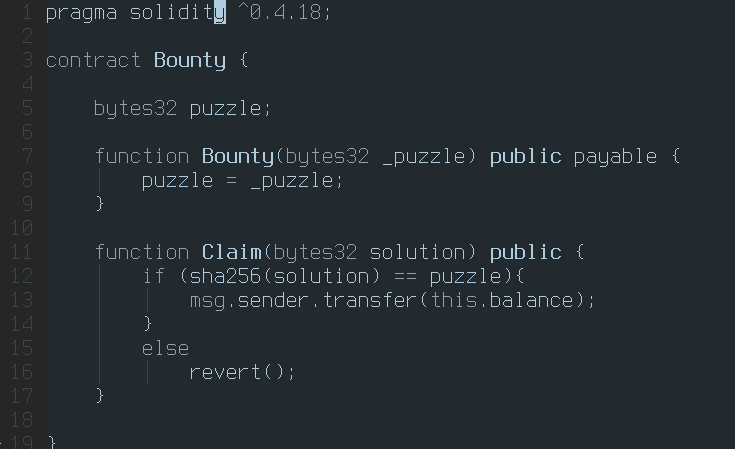In many ways, 2017 was Bitcoin’s best year yet. Most obviously, increased adoption made the pioneering cryptocurrency’s exchange rate skyrocket from under $1000 to well over 10 times that value.
But from a tech perspective, things seem to be just getting started: 2018 promises to be the year that a number of highly anticipated projects are either launched or adopted.
Here’s a brief overview of some of the most promising upcoming technological developments to keep an eye on in the new year.
Cheaper Transactions with Segregated Witness and a New Address Format
Segregated Witness (SegWit) was one of Bitcoin’s biggest — if not the biggest — protocol upgrade to date. Activated in August 2017, it fixed the long-standing malleability bug, in turn better enabling second-layer protocols. Additionally, SegWit replaced Bitcoin’s block size limit with a block weight limit, allowing for increased transactions throughout the network, thereby lowering fees per transaction.
However, adoption of the upgrade has been off to a relatively slow start. While some wallets and services are utilizing the added block space offered by SegWit, many others are not yet doing so. This means that, while Bitcoin is technically capable of supporting between two and four megabytes worth of transactions per ten minutes, it barely exceeds 1.1 megabytes.
This is set to change in 2018.
For one, the Bitcoin Core wallet interface will allow users to accept and send SegWit transactions. Bitcoin Core 0.16, scheduled for May 2018 (though this may be moved forward), will most likely realize this through a new address format known as “bech32,” which also has some technical advantages that limit risks and mistakes (for example, those caused by typos).
“To spend coins from the P2SH format currently used for SegWit, users need to reveal a redeem script in the transaction,” Bitcoin Core and Blockstream developer Dr. Pieter Wuille, who also co-designed the bech32 address format, told Bitcoin Magazine.
“With native SegWit outputs this is no longer necessary, which means transactions take up less data. Recipients of SegWit transactions will be able to spend these coins at a lower cost.”
Perhaps even more importantly, several major Bitcoin services — like Coinbase — plan to upgrade to SegWit in 2018 as well. Since such services account for a large chunk of all transactions on the Bitcoin network, this could significantly decrease network congestion, thereby decreasing average transaction fees and confirmation times, even for those who do not use these services.
The Lightning Network Rolling Out on Bitcoin’s Mainnet
While further SegWit adoption should provide immediate relief of fee pressure and confirmation times, truly meaningful long-term scalability will likely be achieved with second-layer solutions built on top of Bitcoin’s blockchain.
One of the most highly anticipated solutions in this regard — especially for lower value transactions — is the lightning network. This overlay network, first proposed by Joseph Poon and Tadge Dryja in 2015, promises to enable near-free transactions and instant confirmations, all while leveraging Bitcoin’s security.
The solution has been under active development for about two years now, with major efforts by ACINQ, Blockstream and Lightning Labs. Progress on the scaling layer has been significant all throughout 2017, with early software releases of different but compatible software implementations, useable wallets interfaces and test transactions happening both on Bitcoin’s testnet and even on Bitcoin’s mainnet on a regular basis now.
“I’d say we have solved the main technical problems and have a relatively good idea on how to improve on the current system,” Christian Decker, lightning developer at Blockstream, told Bitcoin Magazine. “One last hurdle that’s worth mentioning is the network topology: We’d like to steer the network formation to be as decentralized as possible.”
Given the current state of development, adoption of the lightning network should only increase throughout 2018 — not just among developers, but increasingly among end users as well.
“Integration and testing will be the next major step forward,” Lightning Labs CEO Elizabeth Stark agreed, noting: “Some exchanges and wallets are already working on it.”
Source/More: Keep an Eye Out for These Bitcoin Tech Trends in 2018
















